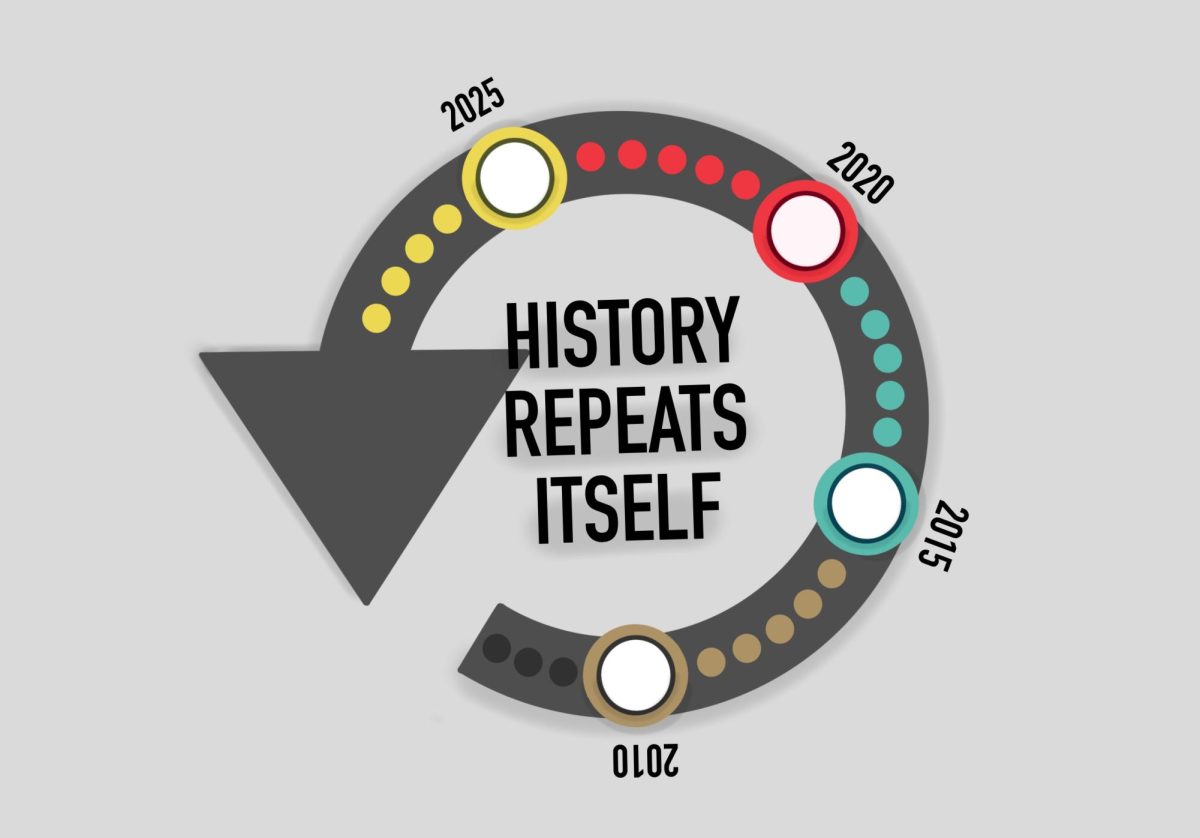“They got money for wars, but can’t feed the poor.”
Yes, those lyrics are from the famous late rapper Tupac’s 1993 hit “Keep Ya Head Up.” It seems in many ways just as relevant and true 28 years later.
First, I must give credit where credit is due. President Joe Biden recently announced plans to withdraw all American troops from Afghanistan by Sept. 11, 2021, exactly 20 years after the 9/11 attacks.
This date, now under five months away, will hopefully be met by the Biden administration. There is, however, reason to be cautious in that optimism. It would not be the first time a U.S. president said they were removing all troops from a country, only to later reverse course. Still, after listening to Biden’s speech on the issue, I remain cautiously optimistic.
The issue of foreign policy in the Middle East is, admittedly, too complex for many to understand. What everyone understands, though, is cold hard cash. Biden recently released his “skinny budget” for fiscal year 2022. This budget proposal includes $753 billion for defense spending, a 1.7% increase from FY 2021. When factoring in inflation, it is reasonable to assume that Biden’s first proposal for a defense budget is almost identical to Trump’s last defense budget. Still, the United States spends more on defense than the next 10 countries combined.
The way we look at defense spending needs to change. Few batted an eye at the idea of the FY 2022 defense budget being $753 billion. When put in the same 10-year lens that we put other spending bills, like either part of Biden’s infrastructure plan, the defense budget comes out to $7.53 trillion.
If readers have not caught on yet, many of my columns so far have tied back to this main idea. We have the wrong priorities. In my first column at the Minnesota Daily, I pointed to some disturbing facts about the state of our country. In the richest country in the world, we still have nearly 30 million Americans without health insurance.
With horrible statistics like that being the reality, what are we doing spending more and more money on the military while our own people are living in poverty or without health insurance? Numerous studies agree that a single-payer health insurance system would net save Americans money. So why is a common argument that it would simply be too expensive?
Why are tuition-free public universities an unrealistic idea when it would cost $79 billion per year, just over 10% of the inflated defense budget? If one is outraged at the idea of guaranteeing a free public college education, they sure as hell better be outraged at how much we spend on the military.
Biden notably included a child tax credit in the most recent stimulus bill, which could cut child poverty in half. This is great, but it begs the question: Why only in half? We have $753 billion to spend on the military, but not quite enough to ensure children do not live in poverty?
While Biden’s proposed defense budget isn’t the decrease that I and many progressives may have wanted, perhaps it is a sign of something to come: a change in priorities. Though the defense budget was not cut, it also was not increased. Biden’s skinny budget called for large increases to the Department of Education and the Environmental Protection Agency.
Tupac was right, and he raised some good questions. Why do we have money for wars, but can’t feed the poor? Why do few bat an eye at a $753 billion defense budget, but are up in arms over tuition-free public universities? I do not have the answers, other than that it should not be this way. Let’s hope that Biden’s skinny budget is the first step in changing our priorities.














